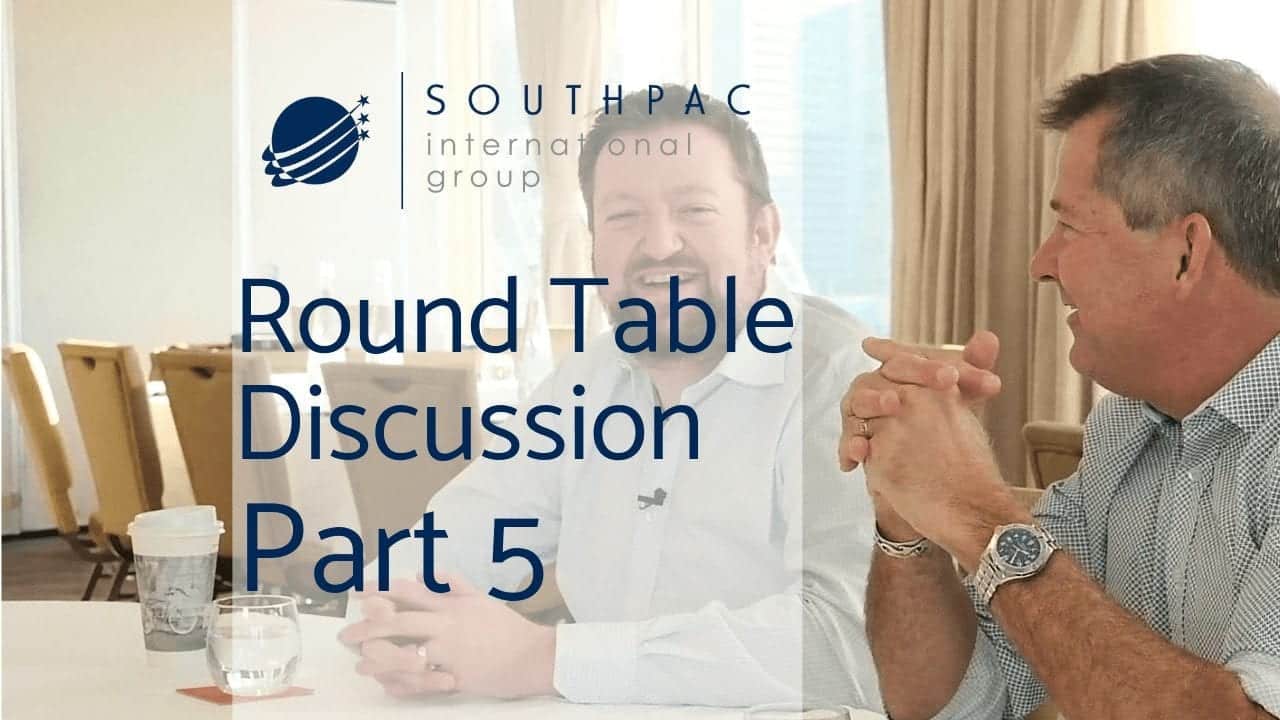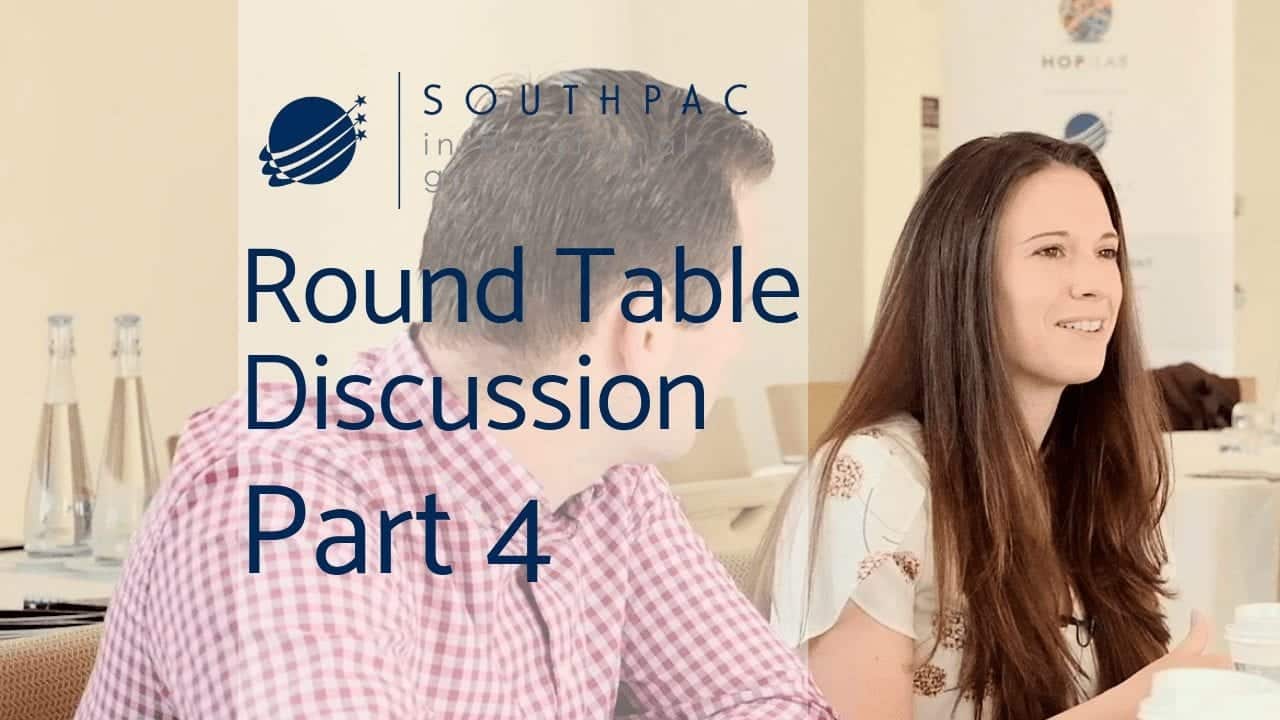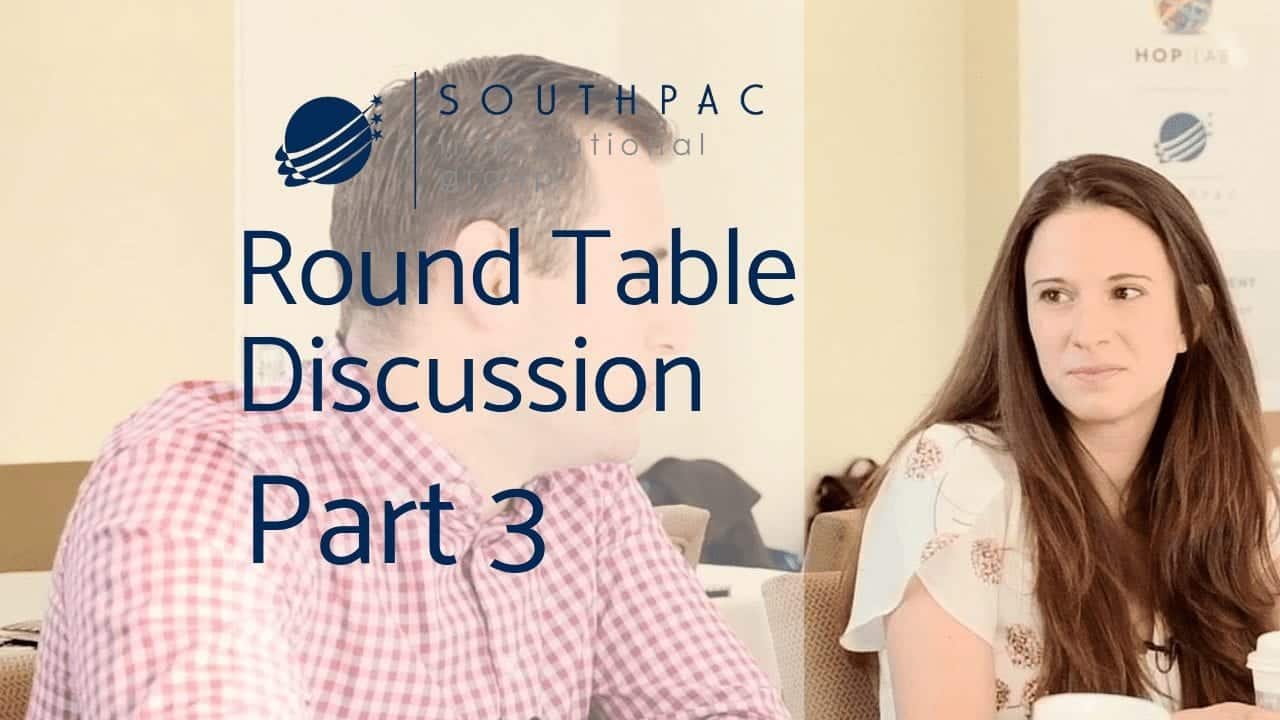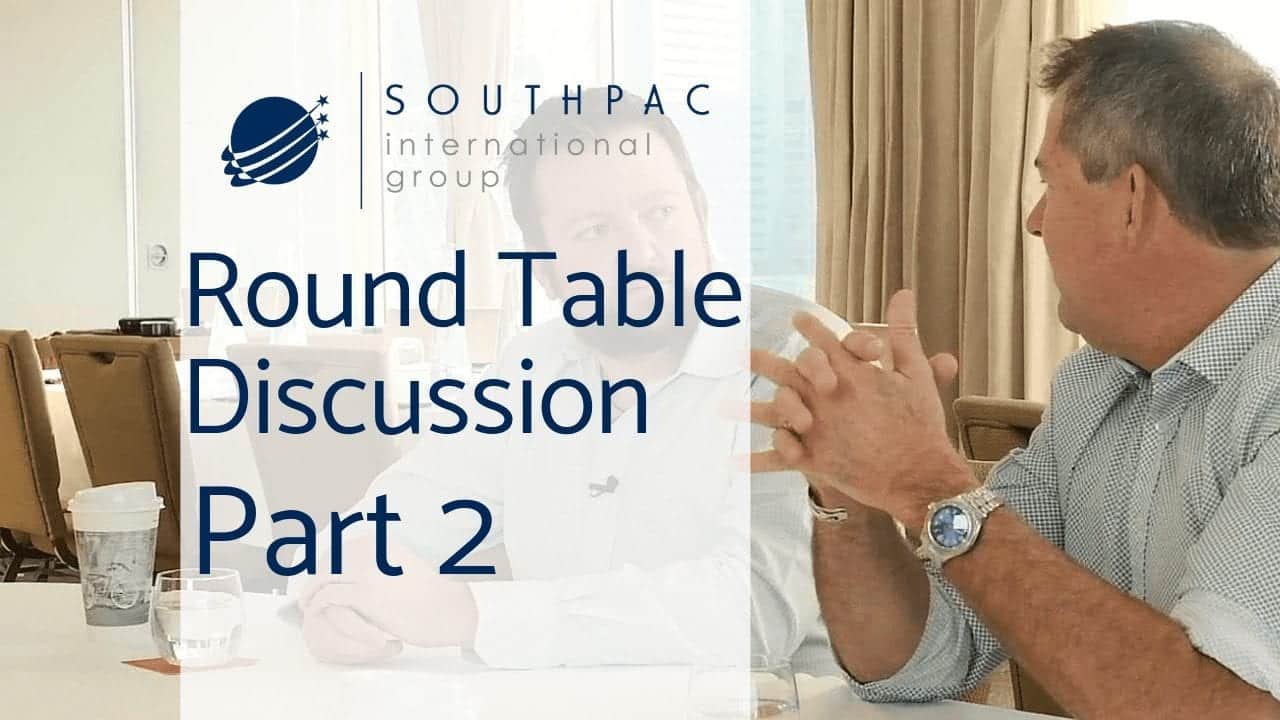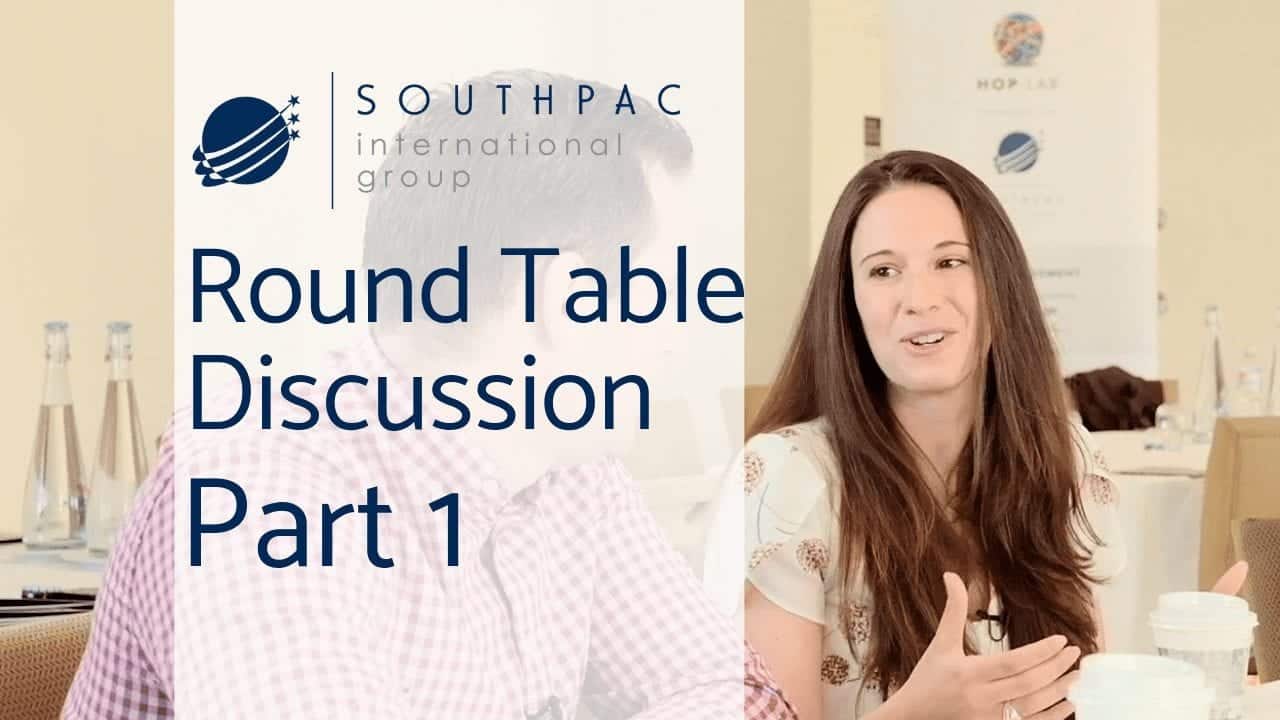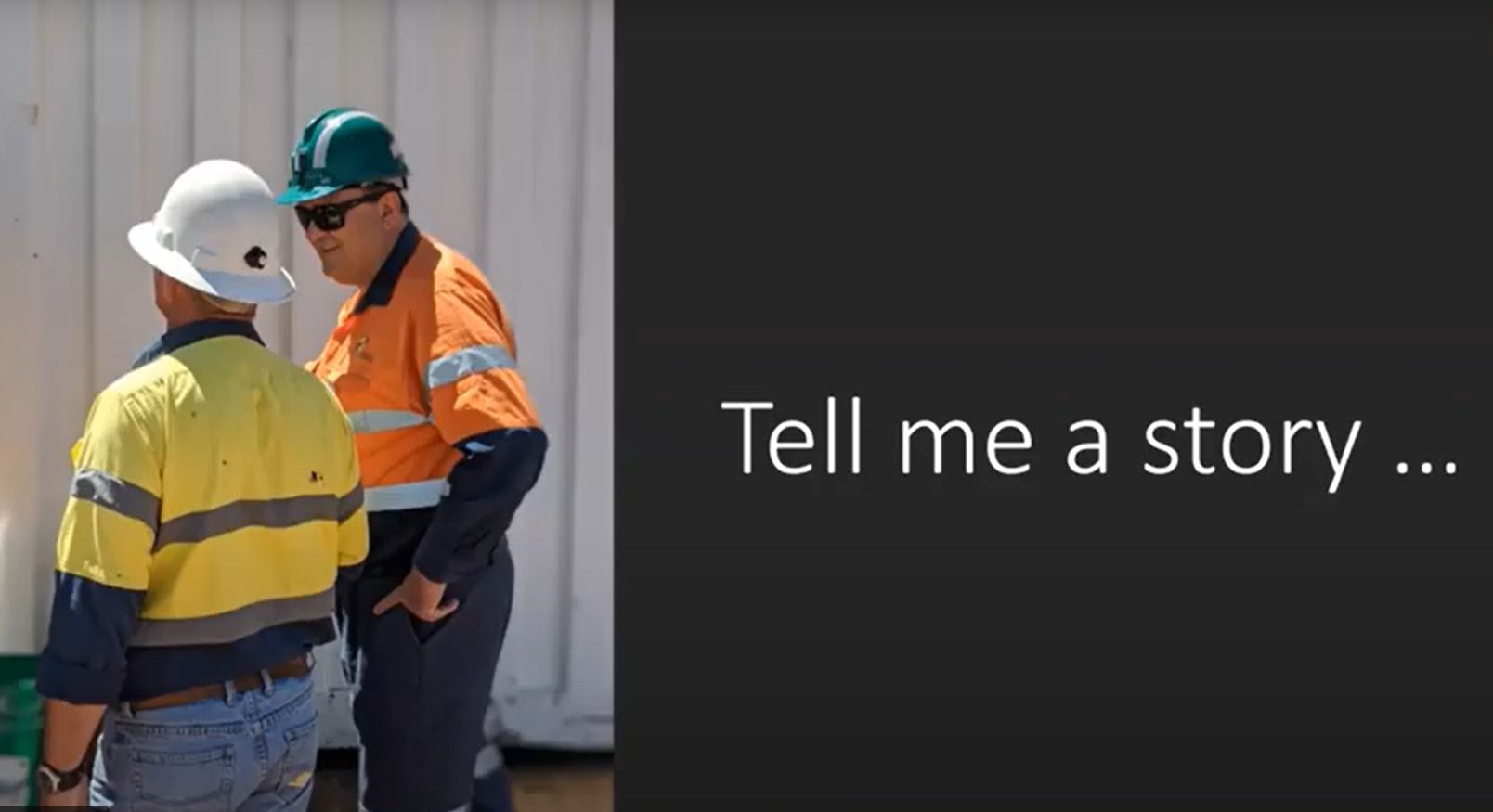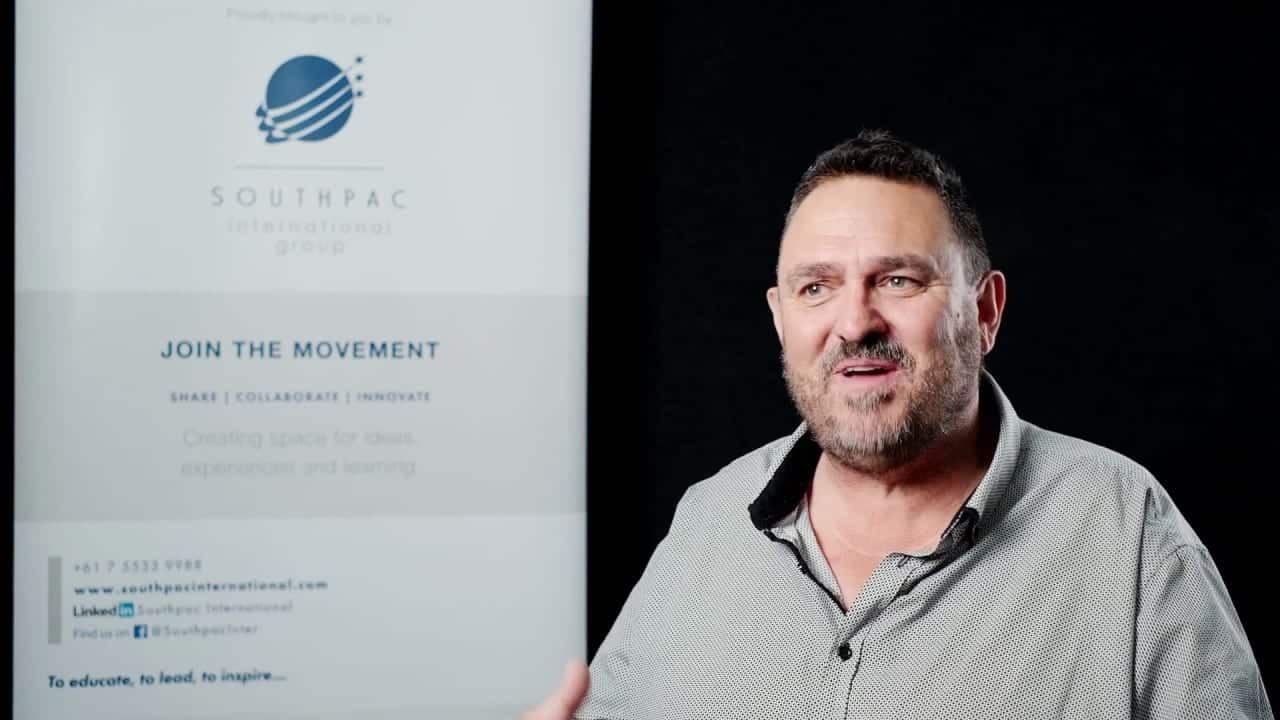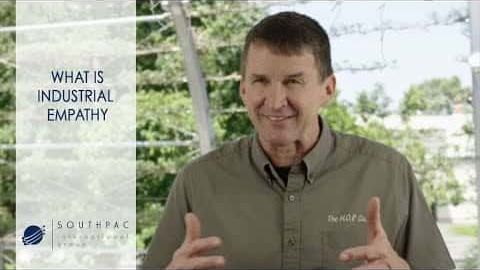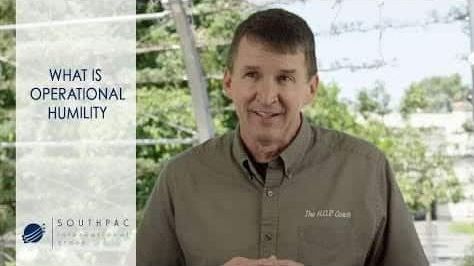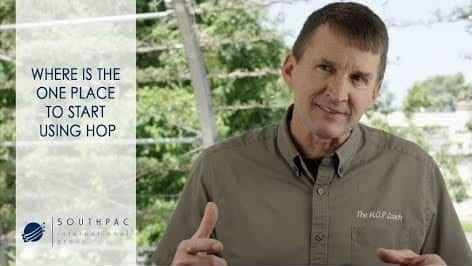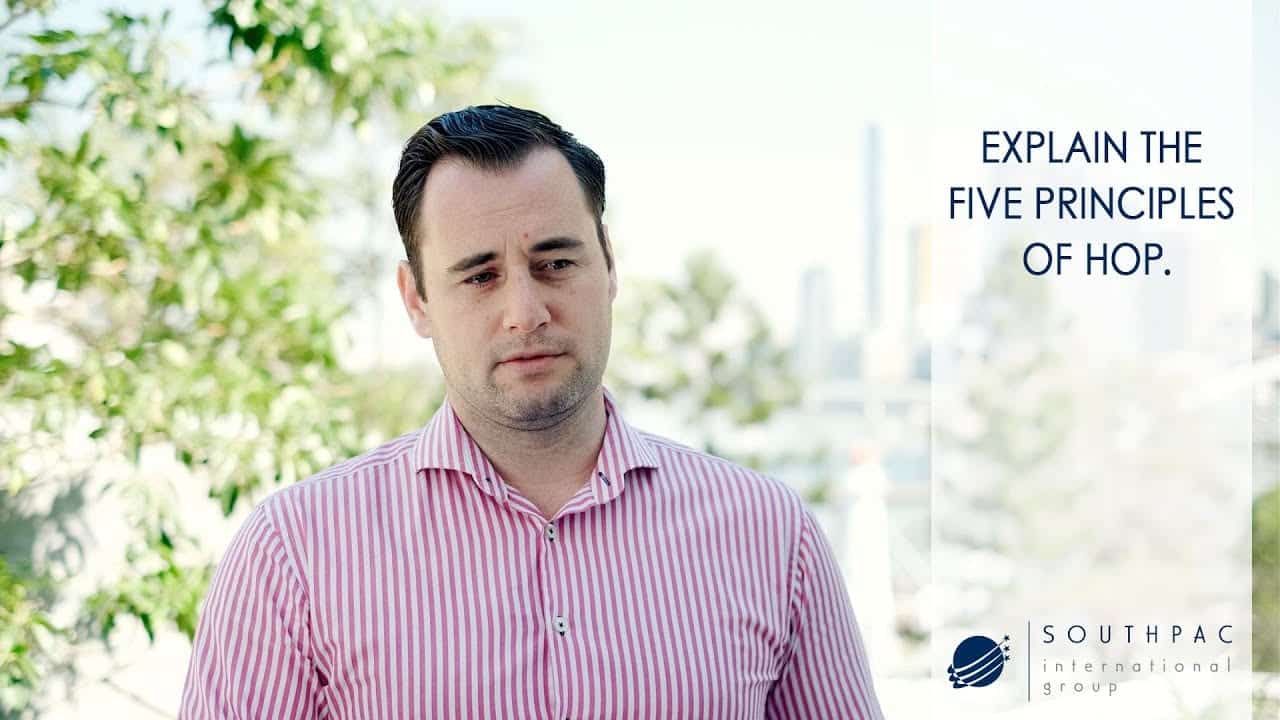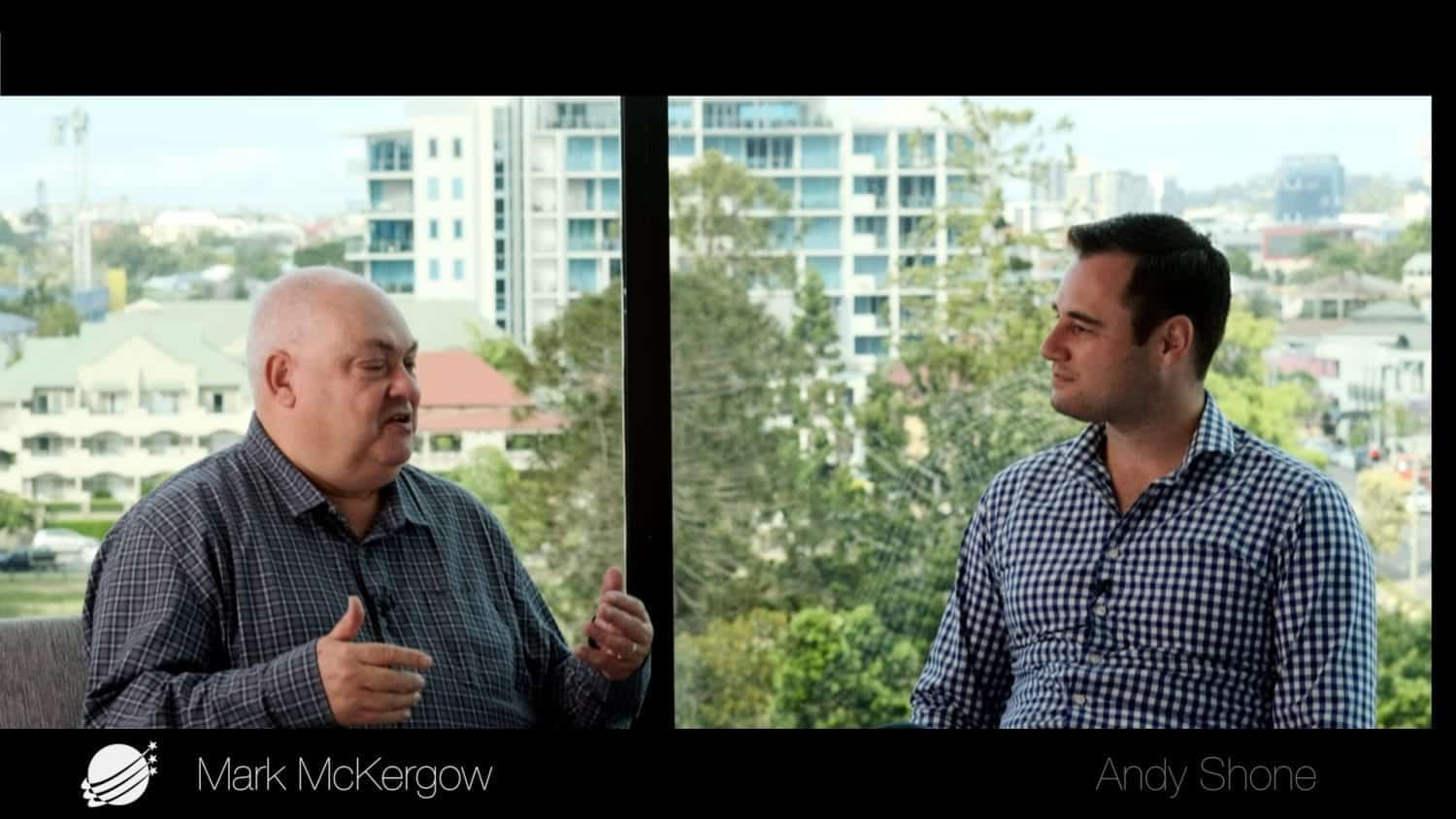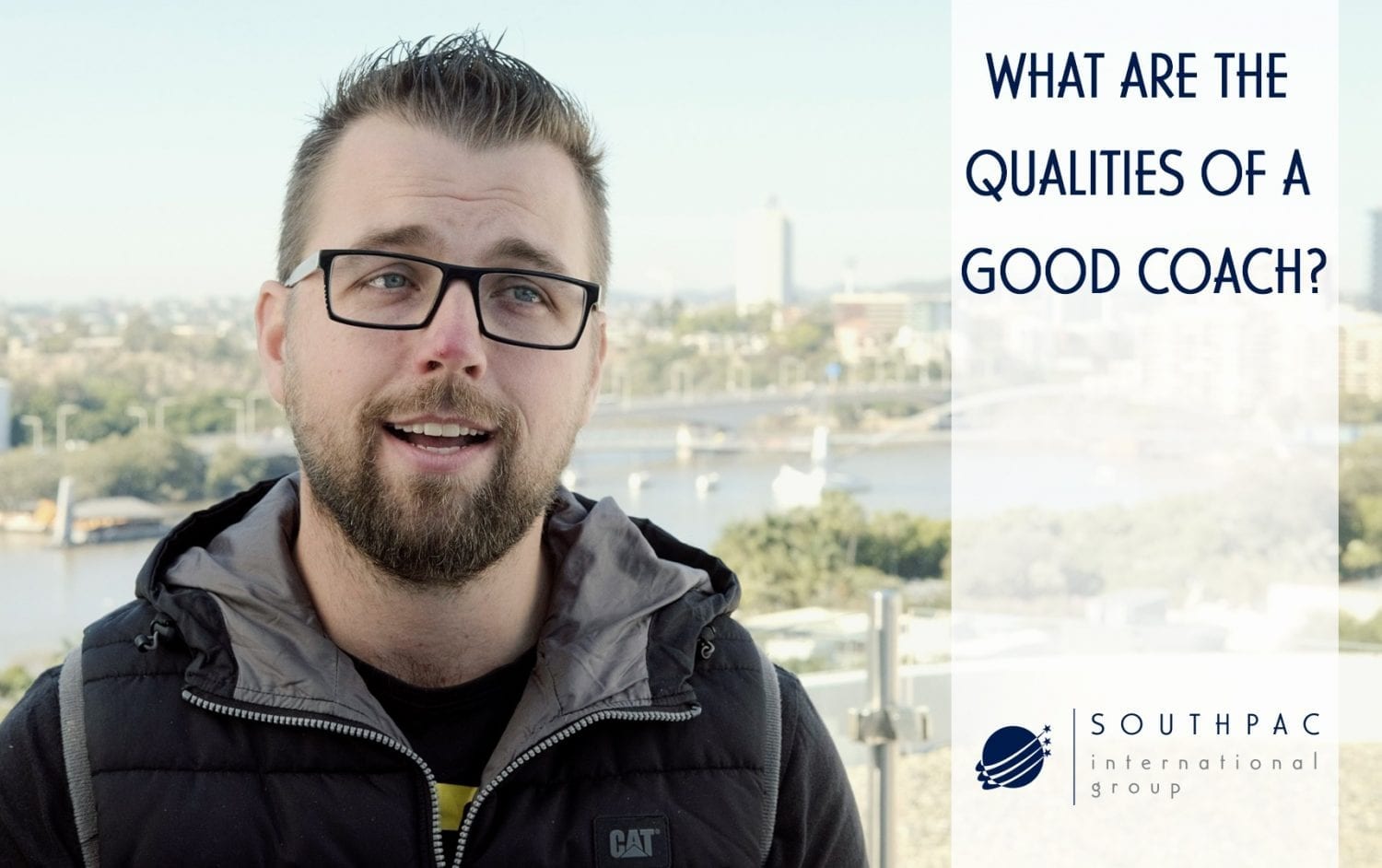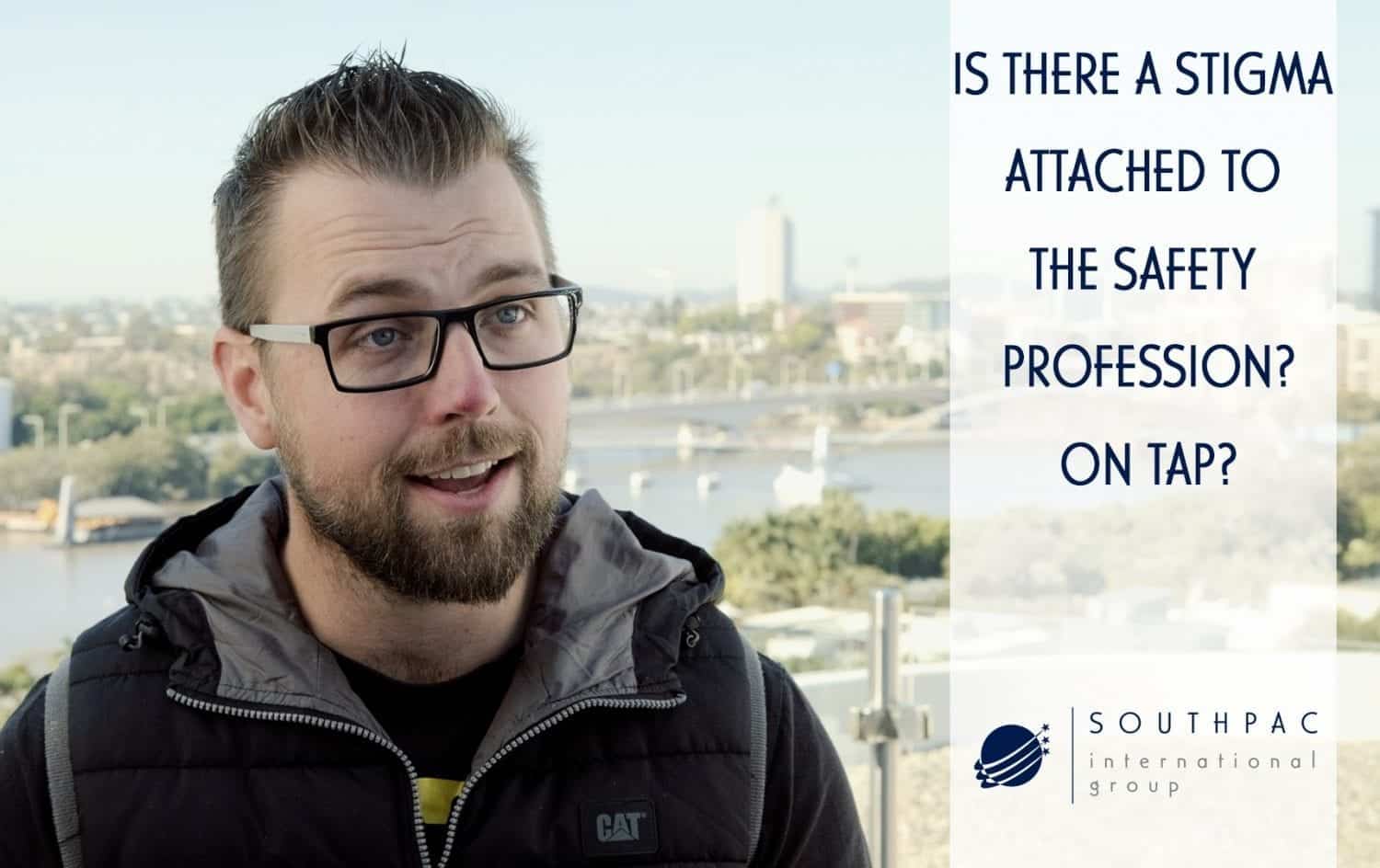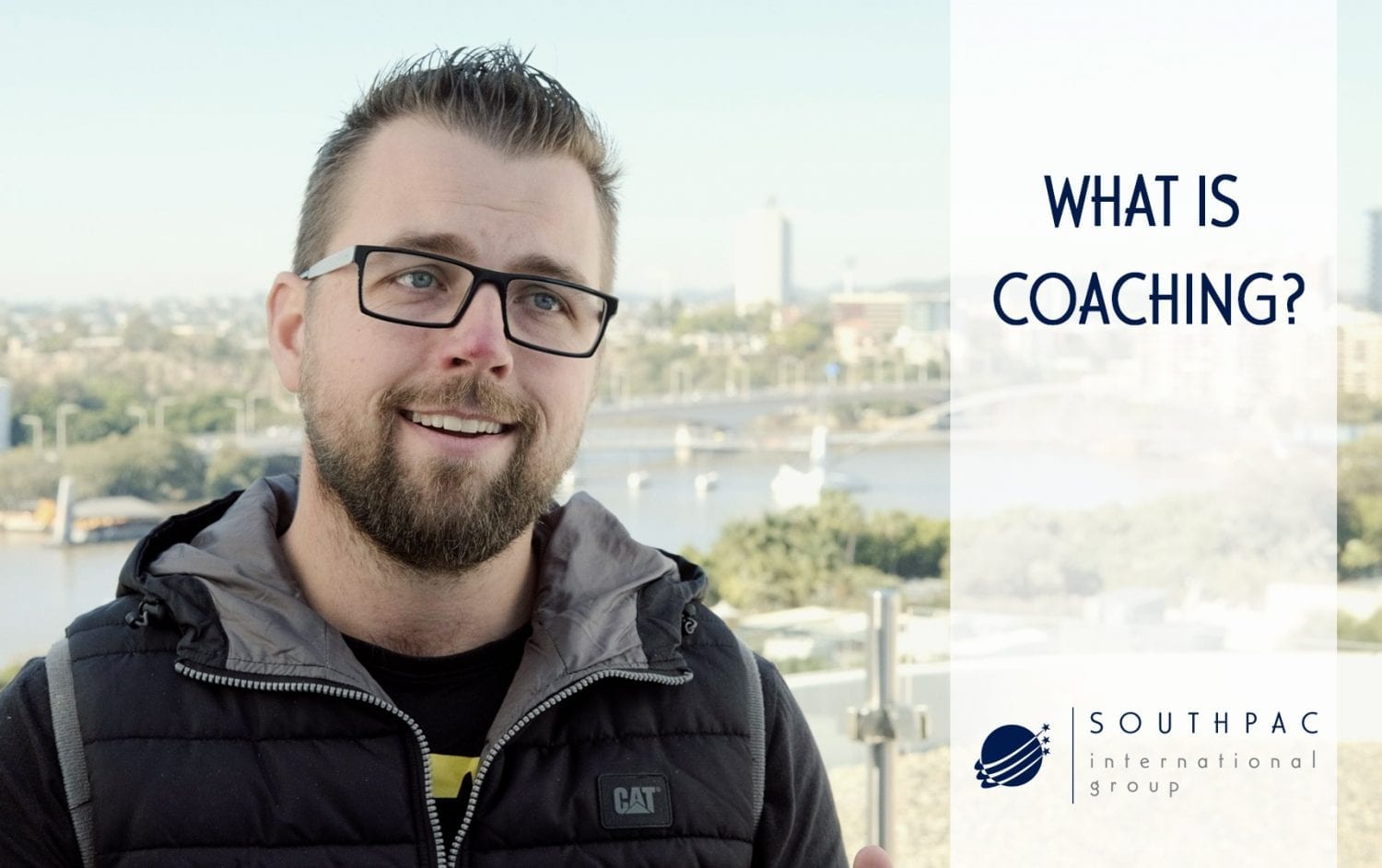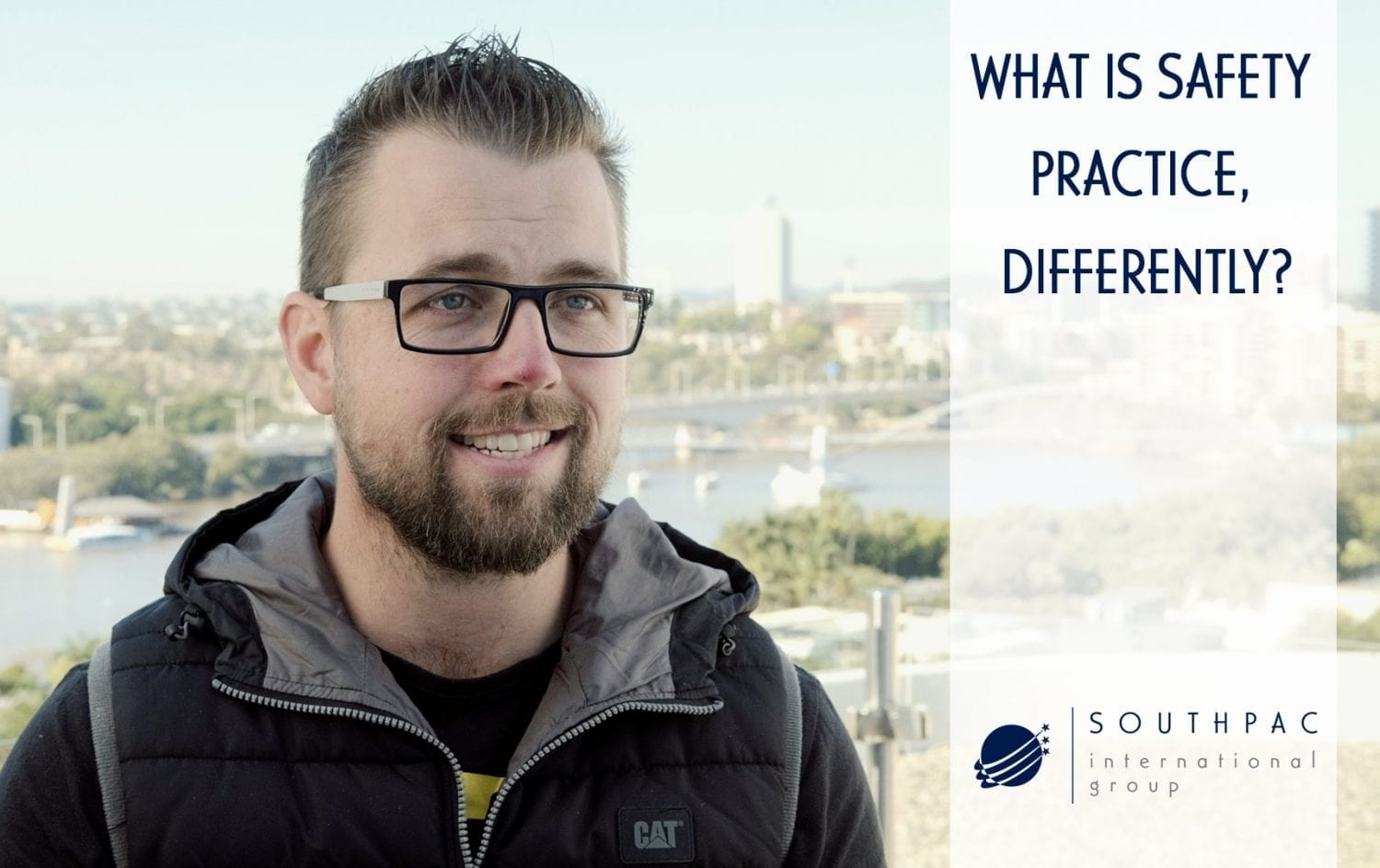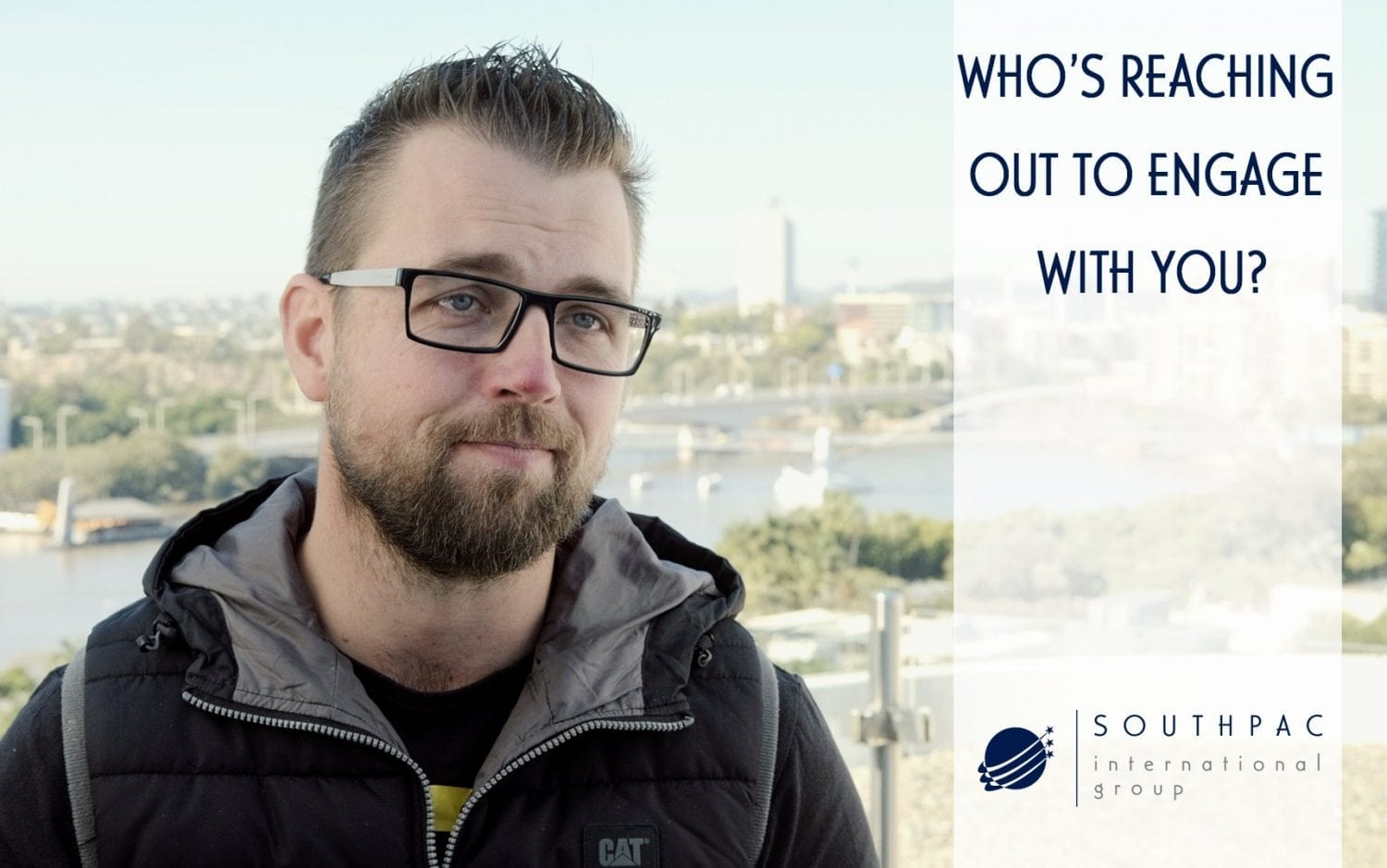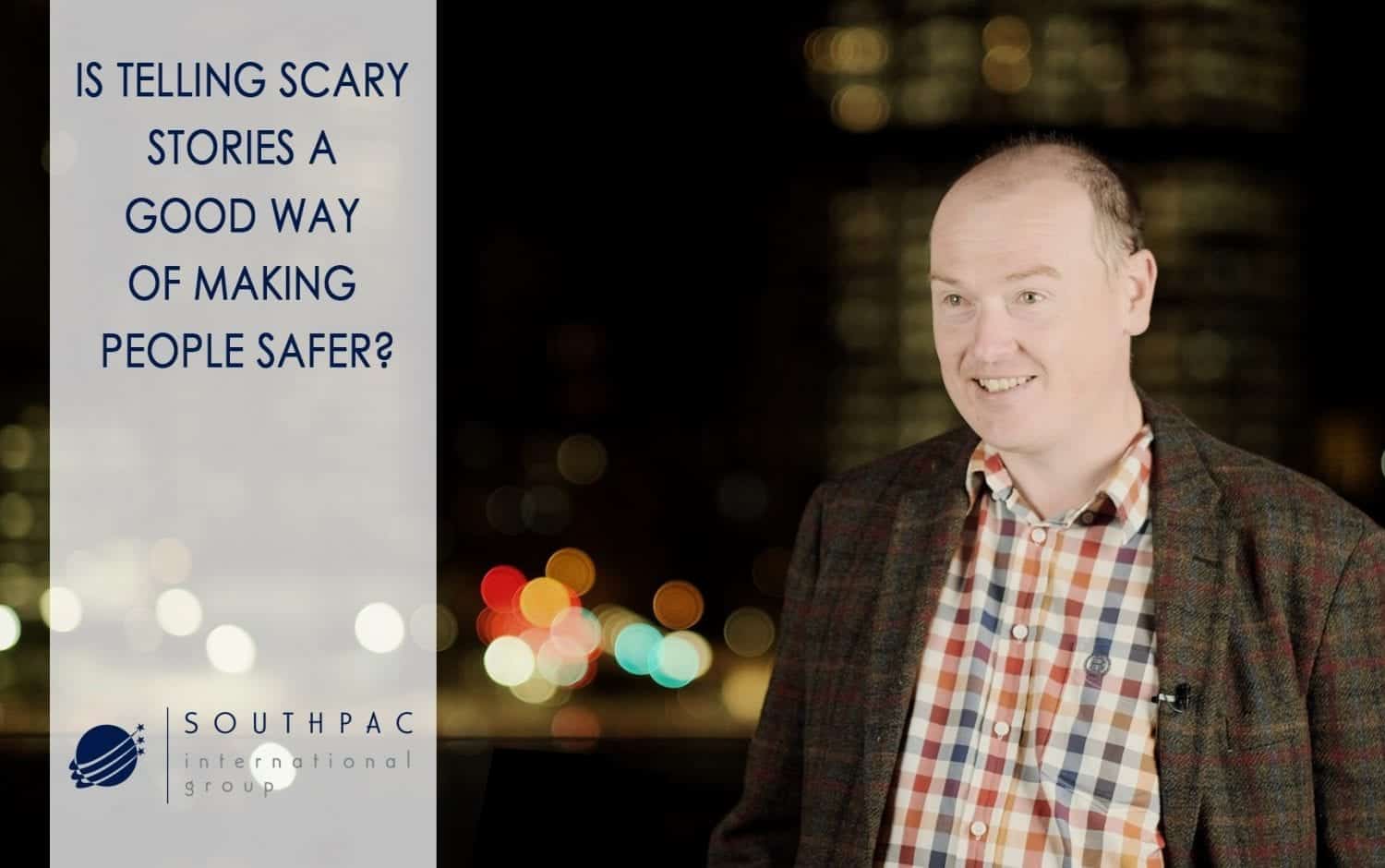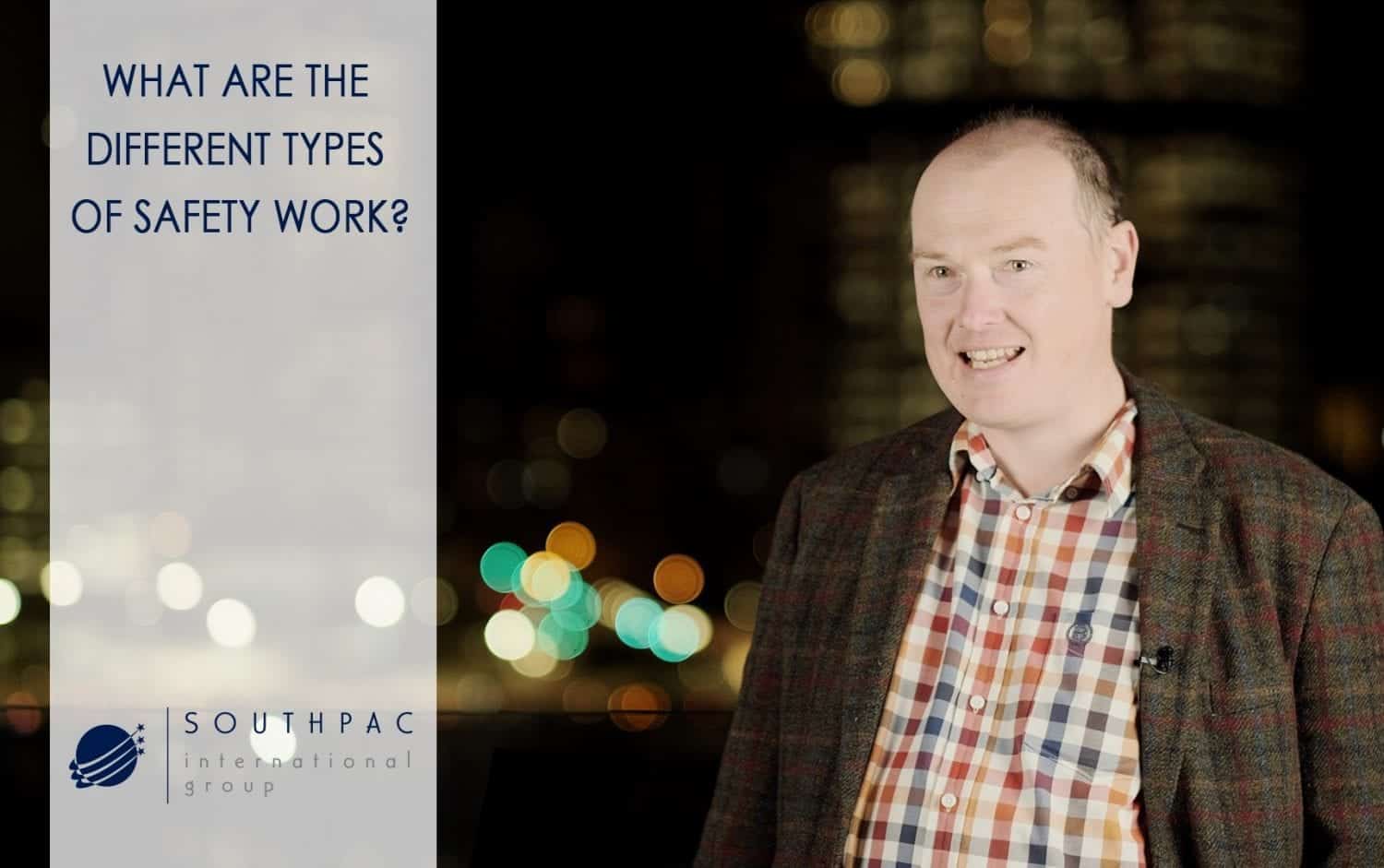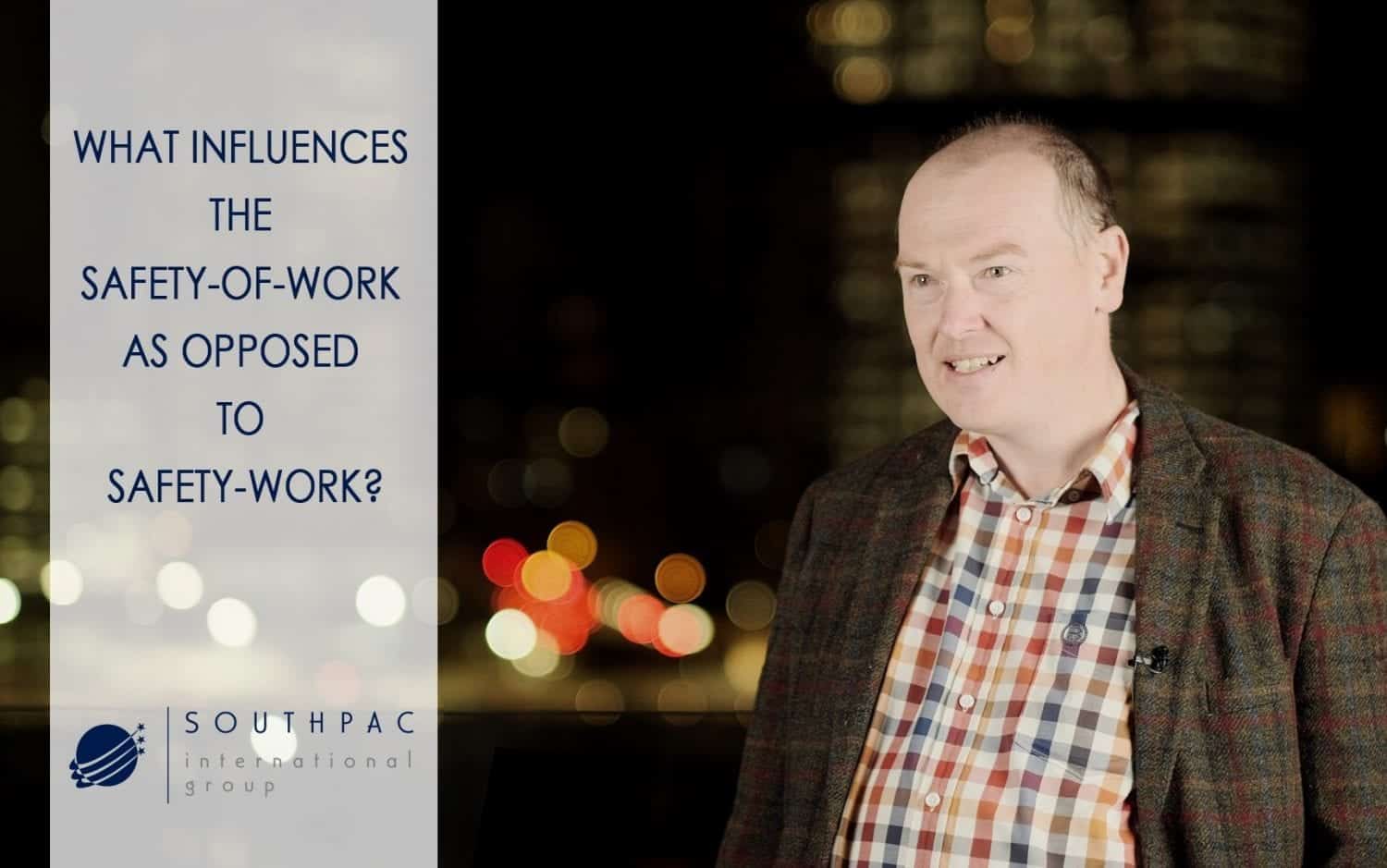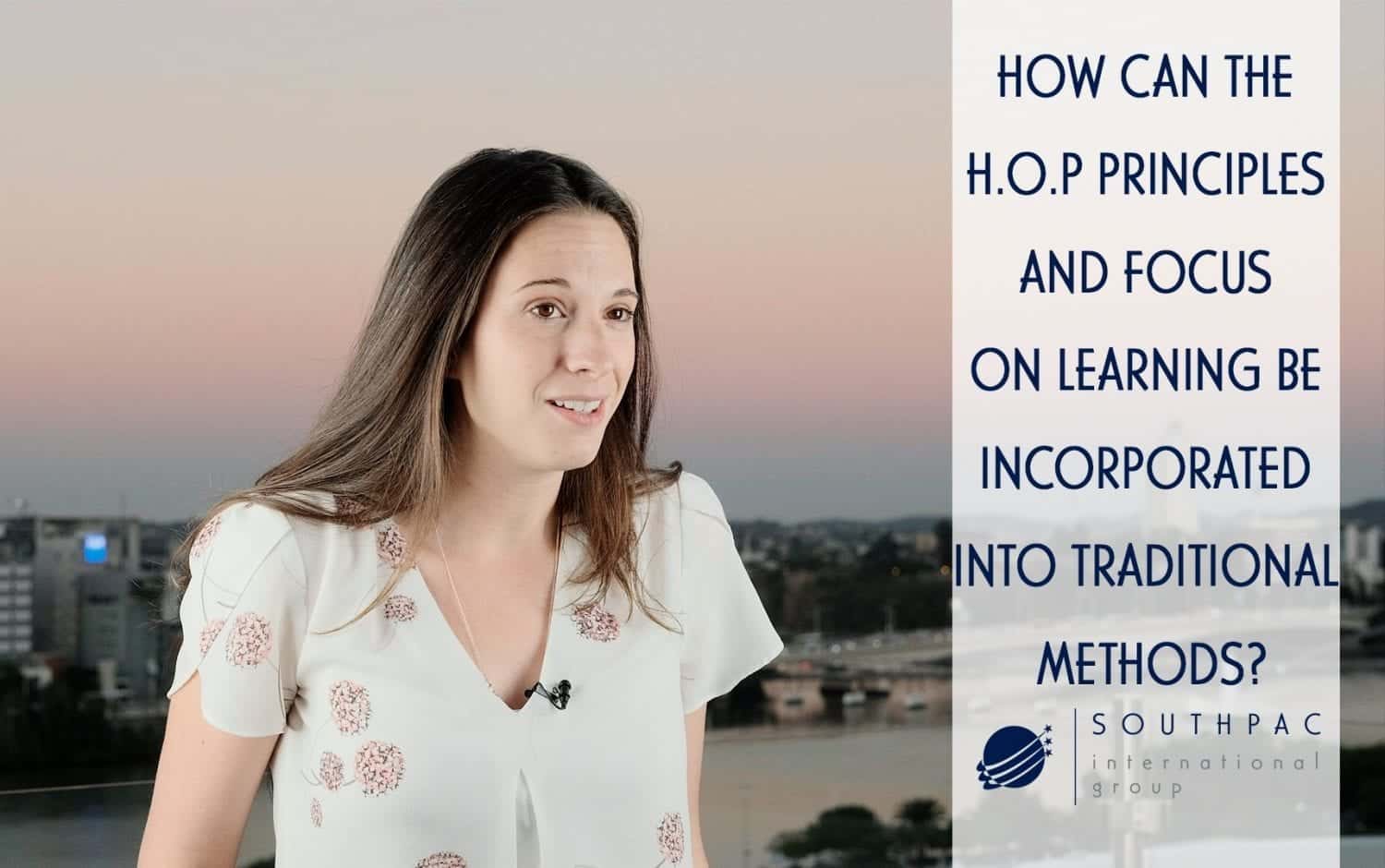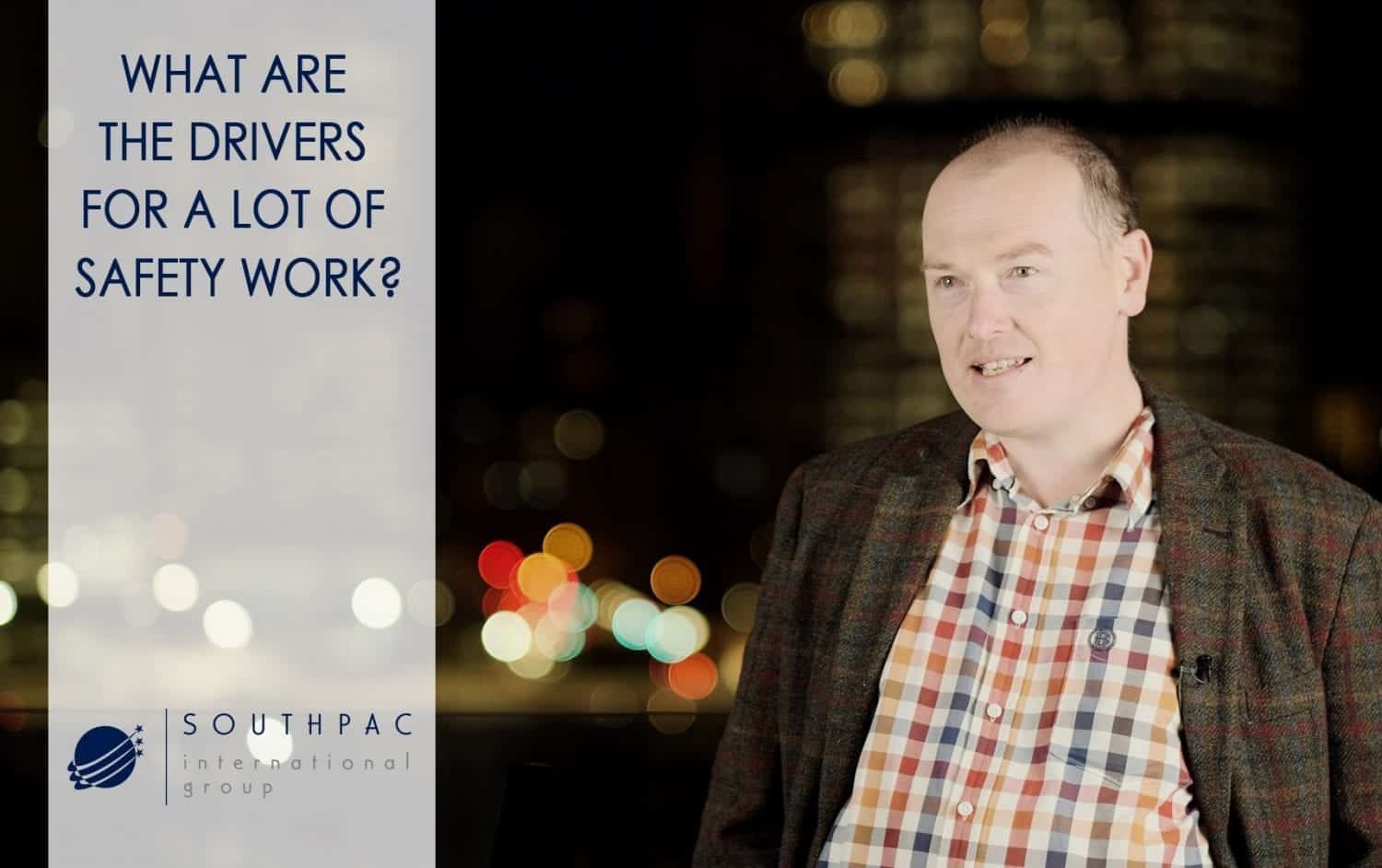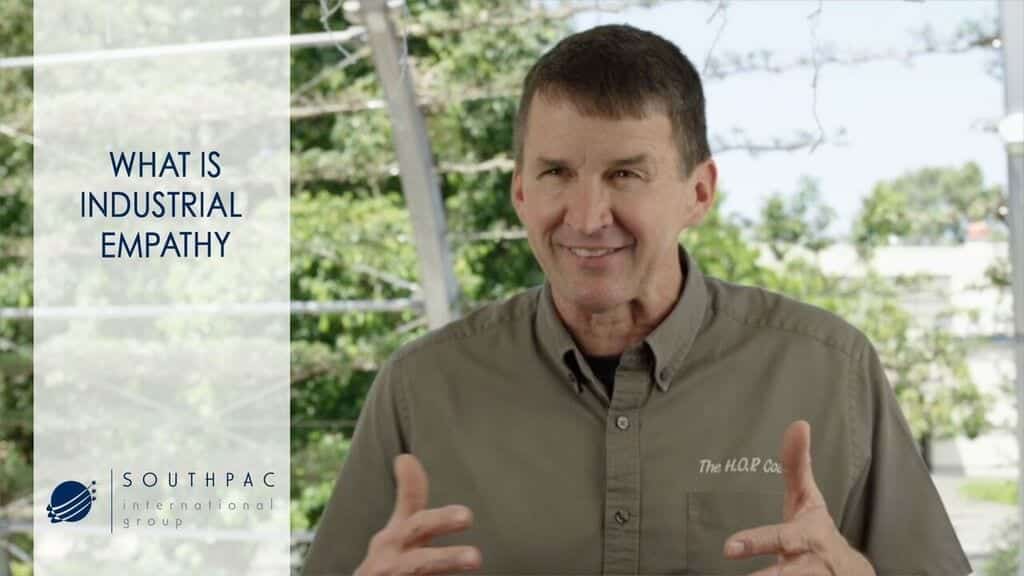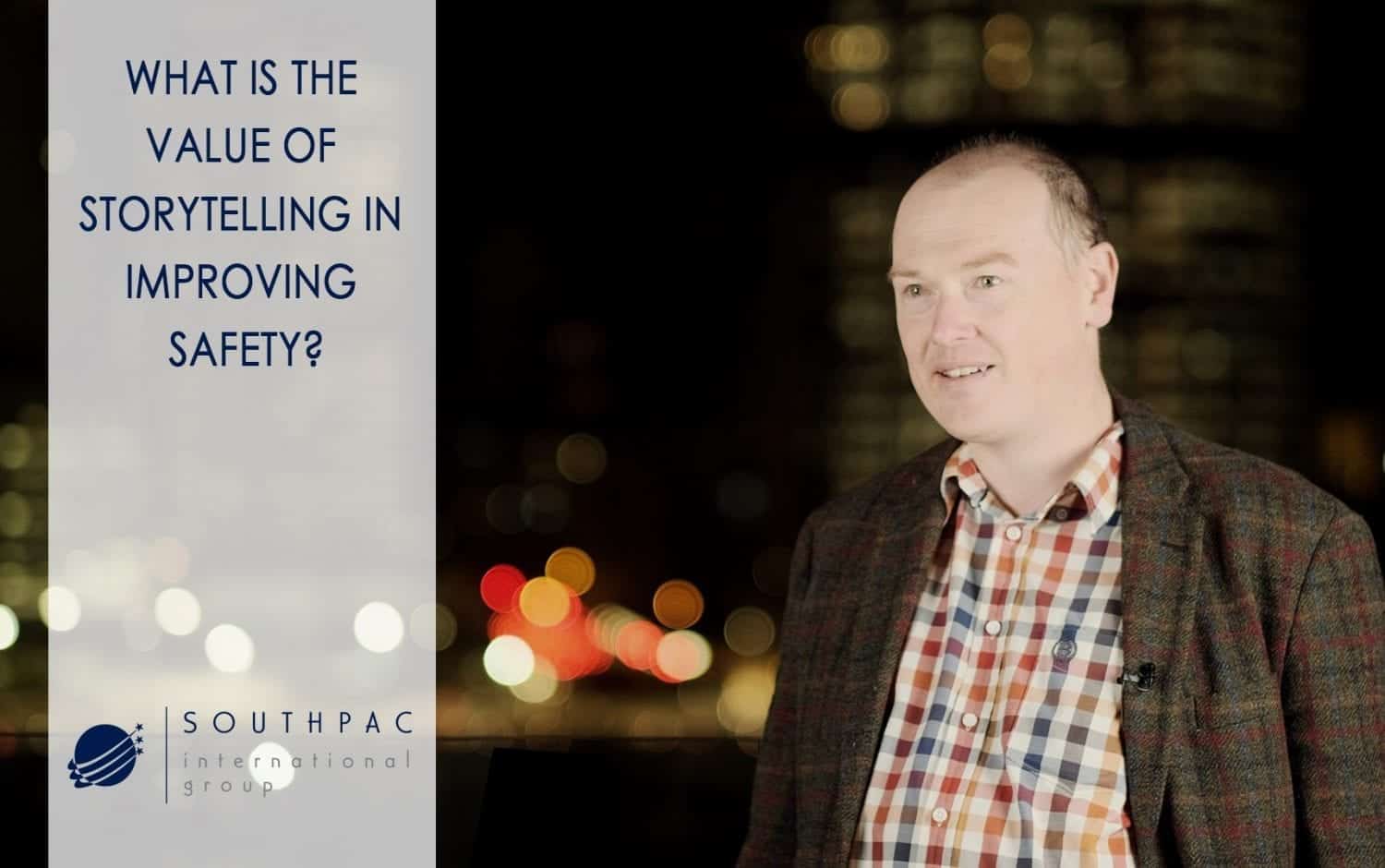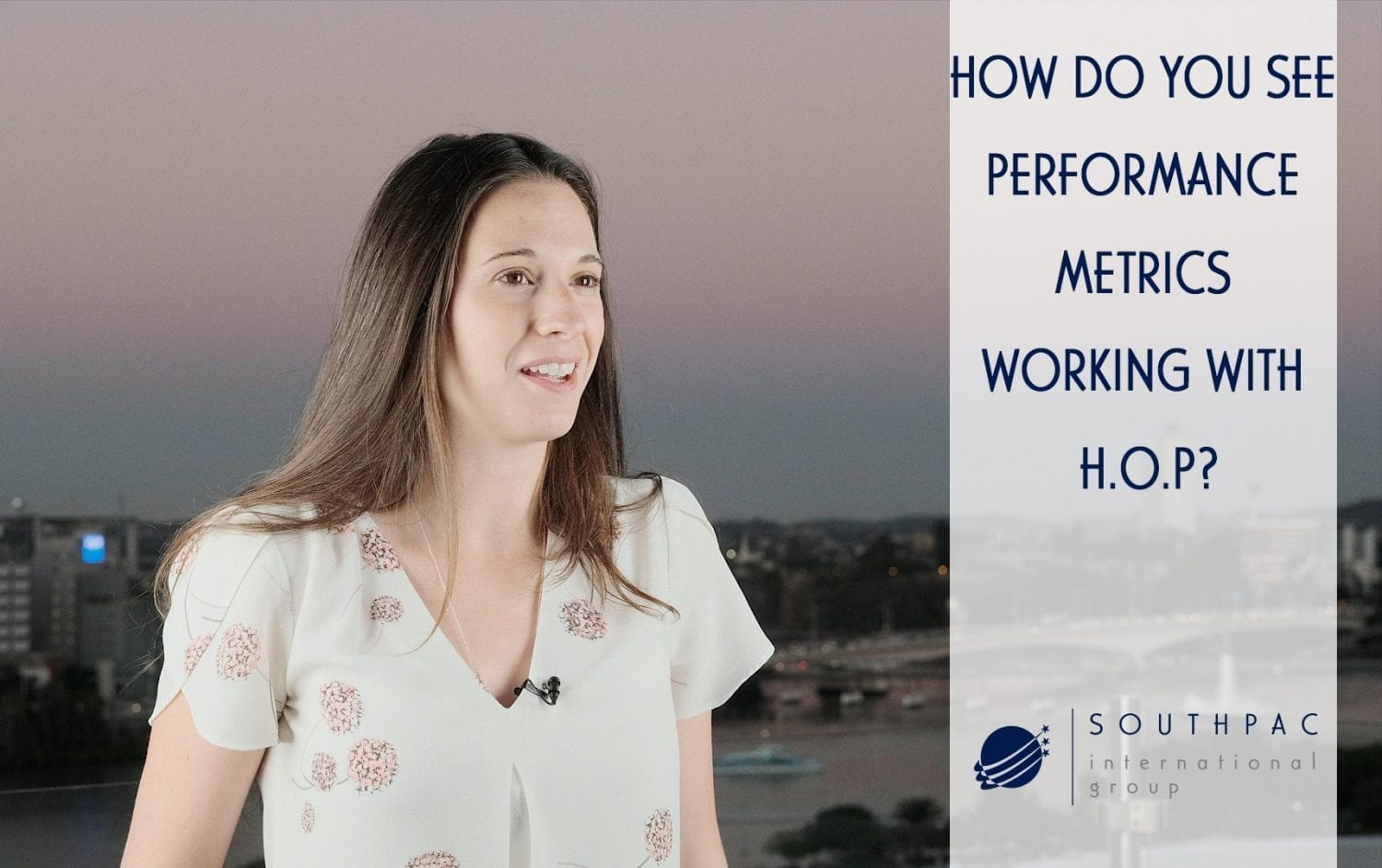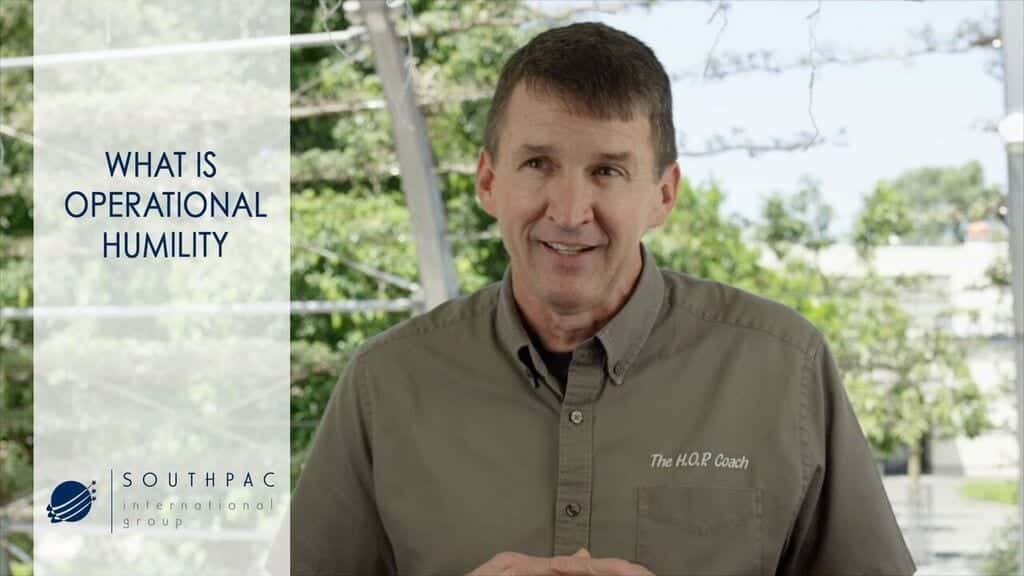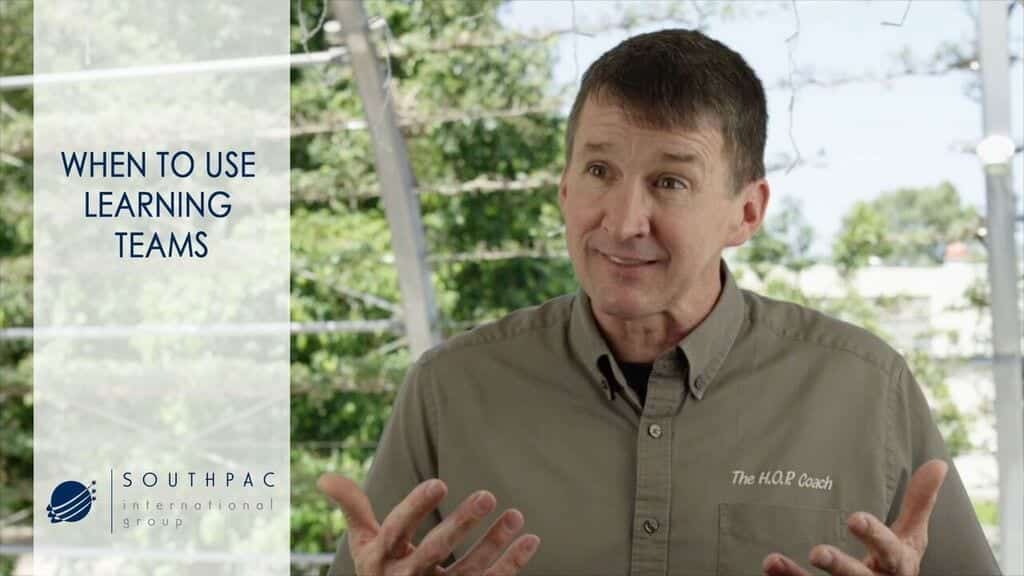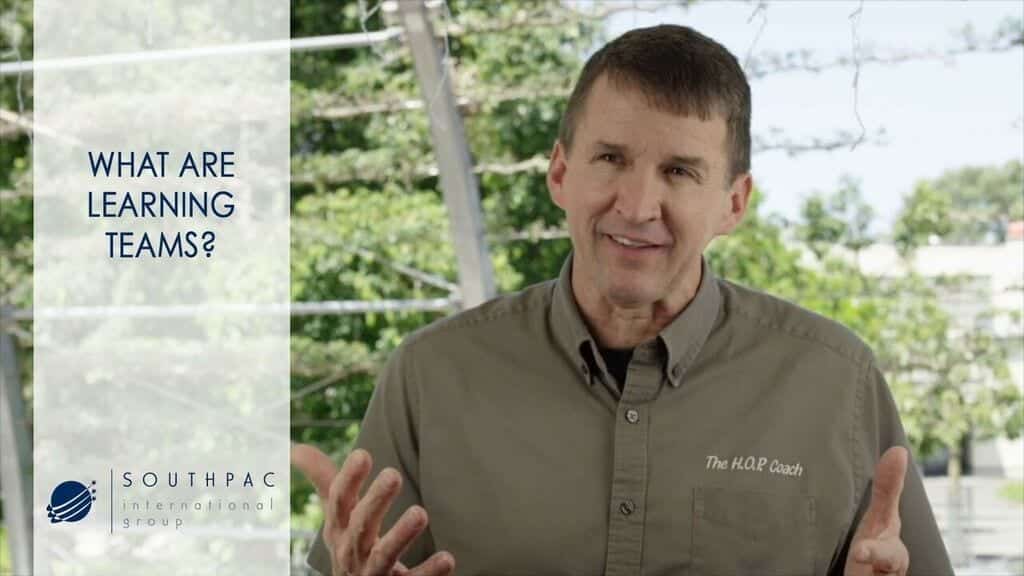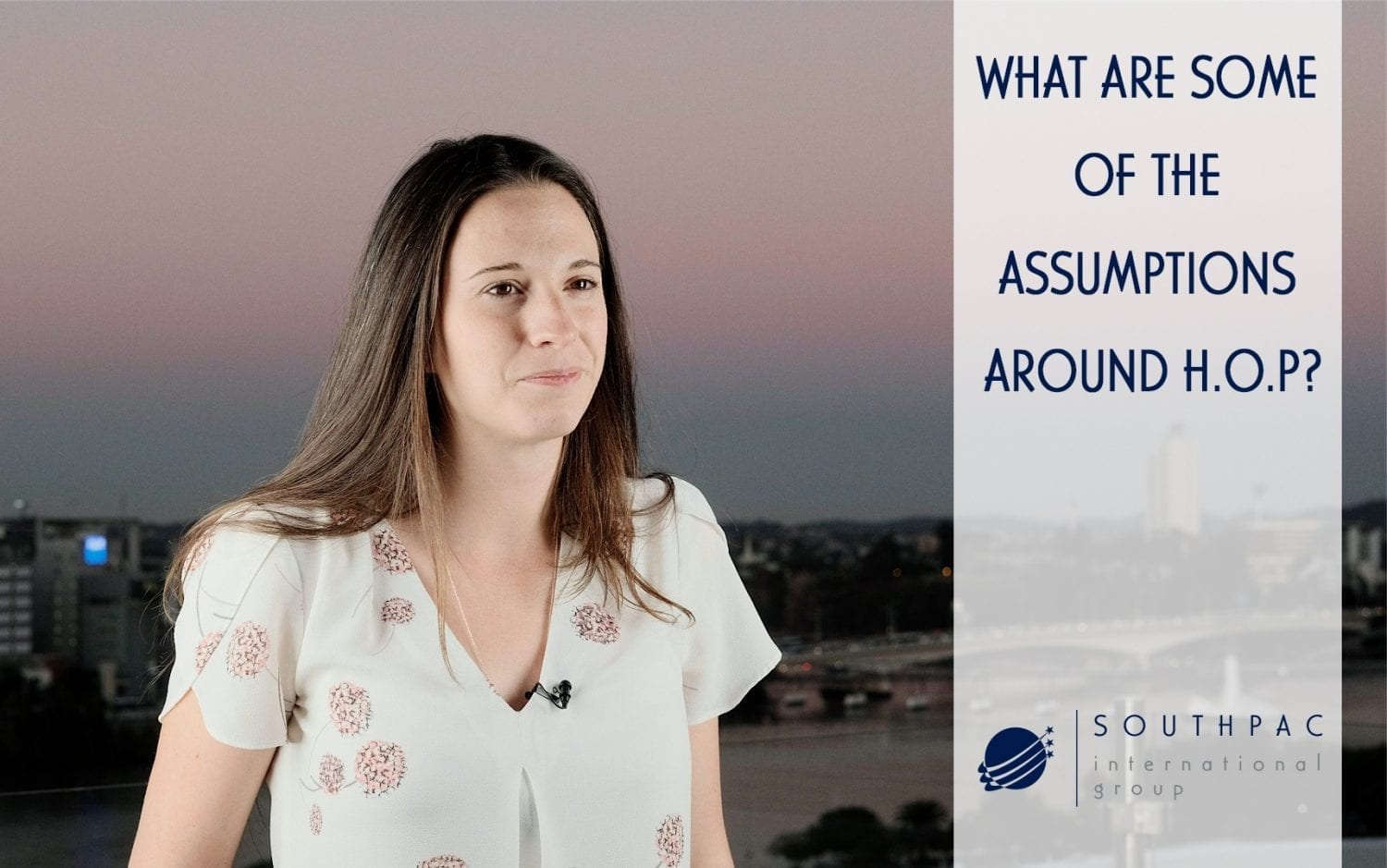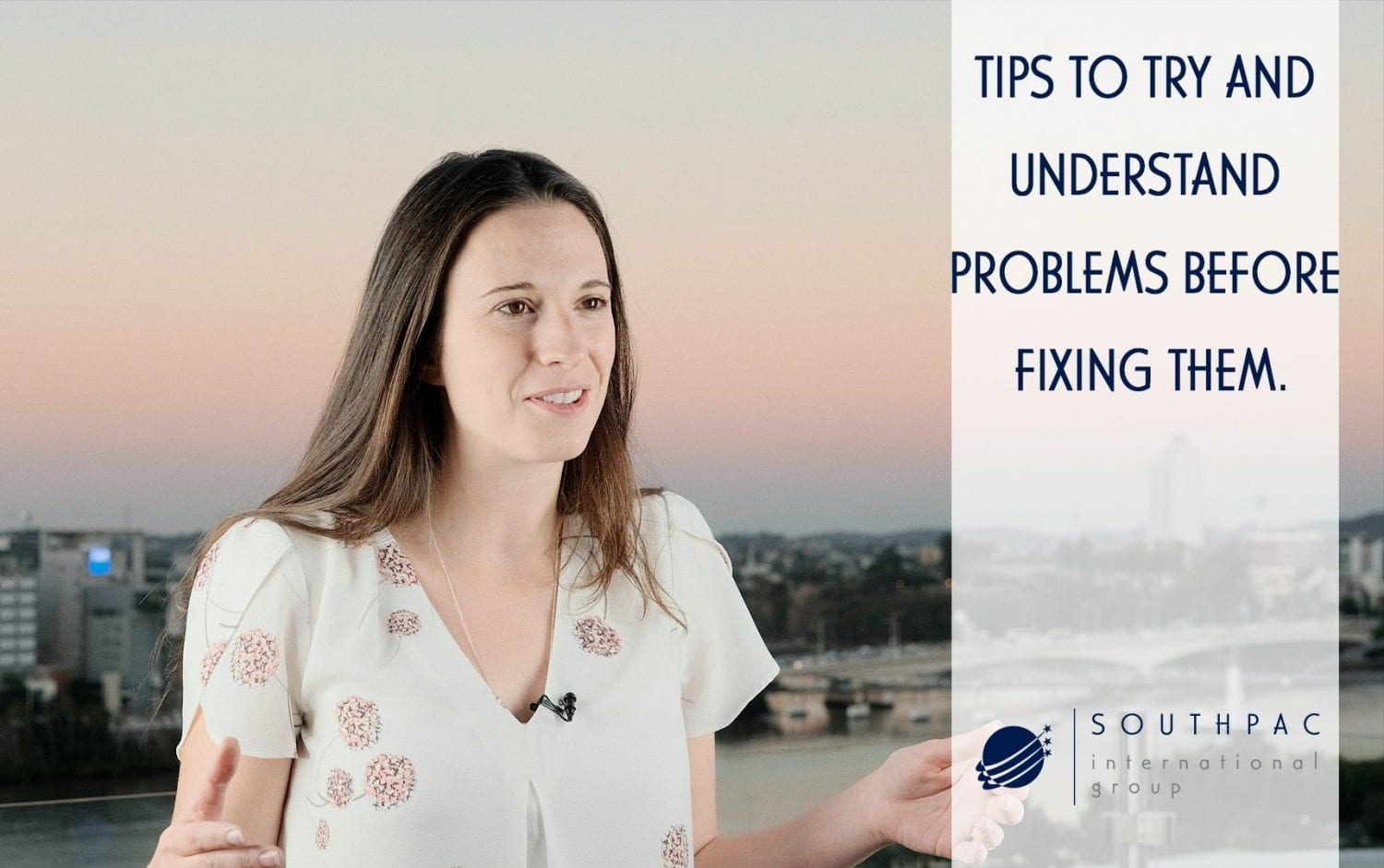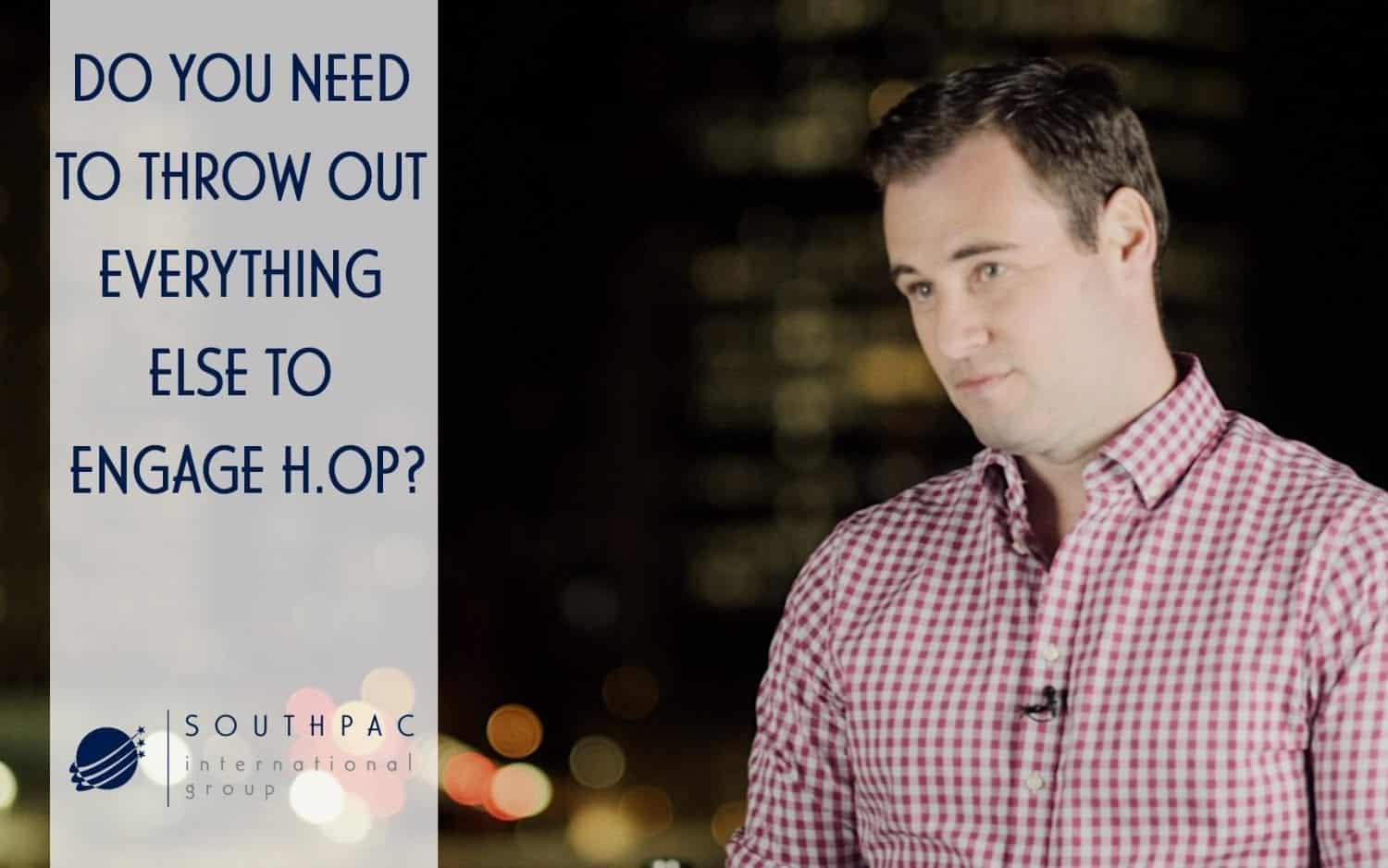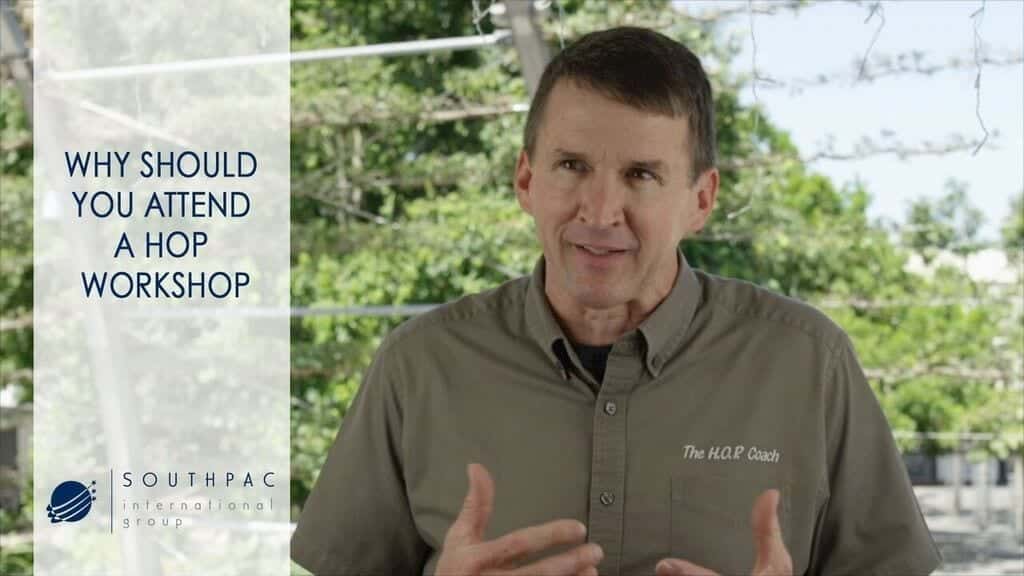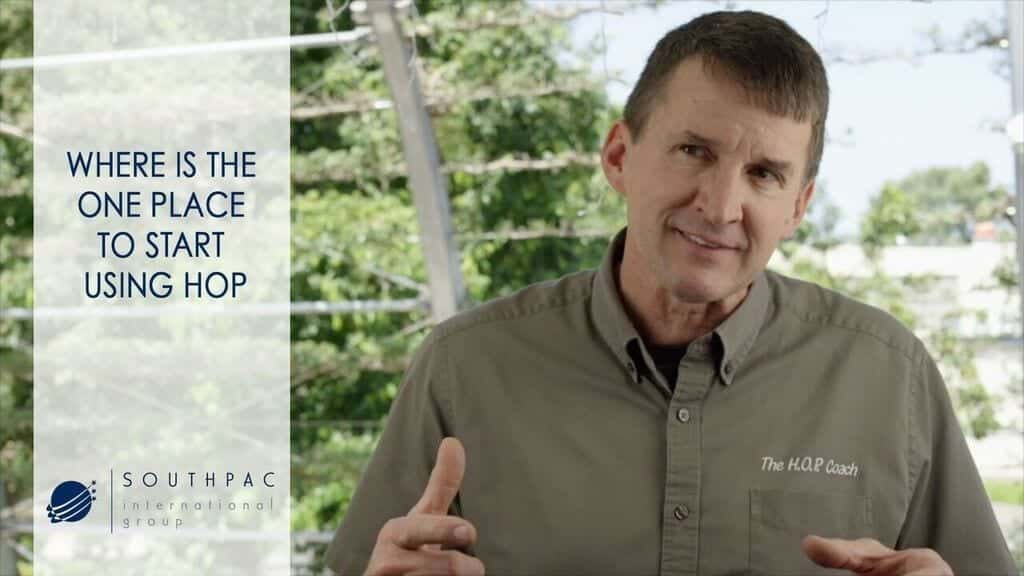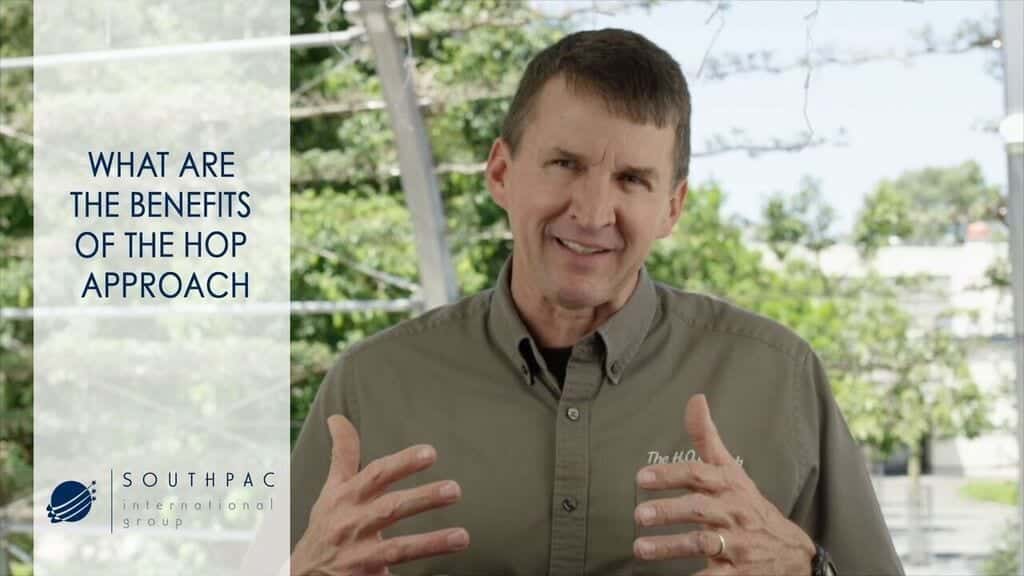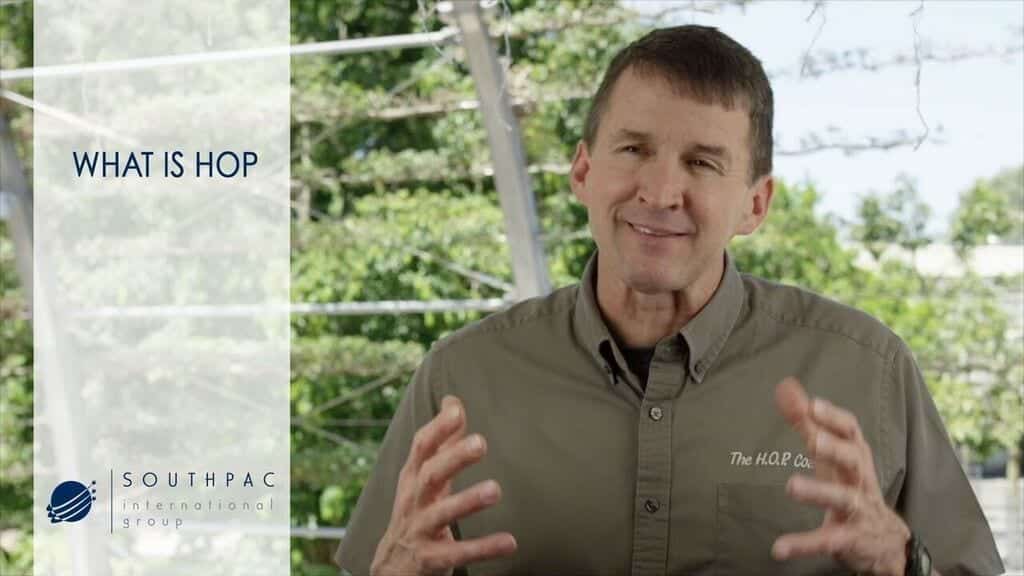H.O.P Round Table Discussion | Part 2.
SUMMARISED SHOW NOTES | PART 2
Perspectives on the five H.O.P principles
What Is An Operating Philosophy And What Does That Look Like?
AB: If we had to break it down, there are five principles or beliefs and sure you can organise it in different ways. Error is first, error is normal. Second one is blame fixes nothing.
MY: It feels good. There’s a unique kind of production pressure when there has been a mishap. production pressure happen snot matter what we do. But then, something goes wrong, which then starts a whole other clock ticking. We have to report up we have to report out. We want answers. The quicker, more efficient we can get those answers out, the quicker they move onto something else and the pain goes away. We do that over and over again at the expense of actually learning about the systems and we just put ourselves in the position of doing the same version of the same mishap.
AB: Cause we’re trying to conserve energy right. That’s one of the things that a big barrier. You have to actually believe in this philosophy to put the value in and energy in to doing things differently. Because it’s much much easier to say “Oh, it’s just that persons fault so I don’t have to do anything about it.” That takes zero thought and energy to say “Oh yeah, we’re done.” So that’s why it’s important to think of it as a culture change. Establishing a new social norm. As to how we deal with things.
AS: That’s one thing to grapple with is the enormous societal expectation that blame or accountability is another way of saying ‘ok, who is going to front up and take accountability for this? Who’s going to own it?’ [Good example] in Thailand in the cave [accident] where the teacher and all these boys went into a cave…it shows a difference in that culture. In Thailand there has not been any discussion about blaming the teacher for taking these kids into the cave. All they are saying is “Oh, I hope he comes out safely.” It’s immediately more about restoration rather than consequences – if he gets out alive? What are consequences going to be when he gets out. Shows such a greater degree of maturity in that culture that they are not interested in appropriating blame.
AB: The good news just recently in the news, we have heard a few things pop up where people are starting to push against the idea of blame. Ina couple of news articles recently, where the interviewer would push back and say “Not sure really that there is any benefit in us requiring accountability for this. Because no one intended for this to happen.” It’s just within this past six months that I personally, started to hear that on the news. To me, that’s very exciting.
MY: People are interested in a deeper story.
What Inhibits People From Taking On New Thinking?
In some case, that they are giving up their ability to use enforcement or punishment or accountability, for lack of a better word. I don’t think that’s true. You’re the boss. You always have that at your disposal. You can decide who works there or doesn’t there and under which conditions. If you look deeply enough, you will find a presently, a preponderance to find a person to blame to blame and you keep on doing this over and over again, you can honestly say, there is probably more to learn here. When you make enquiry, you ask different questions and find information, you may find this was a bad actor. I have a Human Recourses problem; I have been bringing sociopaths and arsonists into my workplace. And I need to fix that. But for the most part we find people who are struggling to get things done in a context that they exist in. Making calculations that to them, at the time, seemed like just the right thing to do. If we just remove them from the system, all we are doing is more people into the system to be fired. It feel good to get rid of that problem, but what people have to understand is, you’re not giving up your power to punish. You need to punish if that is the correct answer.
AB: It’s AND not OR.
AB: Yes exactly. On the surface, something that seems like a ‘flagrant act’. With just a tiny bit of information, [people say] this is the terminology we throw around sometimes in companies, “Oh this is a ‘flagrant violation’ “. Once you understand the context, which is the third principle right, Context Drives Behaviour. Once you understand the context you start to think “Ha, I think with the same information, same environment I am pretty sure I would have made a very similar decision.” So things that on the surface, that this response is the right one; moving someone from your system – whatever you want to call it – distance or accountability. It might seem like the right response immediately but as you get to that deeper story. You say “Mmm, you put anyone else in a similar position, then the probability is really high that somebody else is going to make a very, very similar call in that situation.
AB: As you go back to how these things evolve, that in [an example like] in the village, you would be left to stay awake in case of attackers, it was really important to focus on that failure and understood that failure as its life and death. In those kinds of situations, you get run out into the desert. That’s’ how we worked in that kind of culture. That was a survival mechanism. And yet almost always in our current day society, the kind of retribution that occurs within our legal system. Which is by design retributive. It doesn’t actually drive the same kind of behaviour that happened in that village of growing learning and evolving and getting smarter and genetically improving over time. So it just doesn’t work!
AW: That’s certainly what we’ve seen in organisations we’ve worked with is that they have gone in with great intentions to restore restorative justice and then add issues in actually applying them. And some of that comes back to the way it’s framed. If you want to introduce these ideas of not blaming and so forth, of restorative justice, then what’s really important is the outcome. What is it that you are trying to achieve? So, if you frame it, as we want to become a Learning Organisation; what is a barrier to learning? Well, the way we respond to error and failure is hugely important. But if you just introduce a program of restorative justice that you a kind of missing the point, because there is no outcome that you are trying to achieve, necessarily. Which I think leads onto the third [principle].
AB: Well you have touched on the fourth and the fifth together but its perfect. Let’s go over it:
Error Is Normal
Blame Fixes Nothing
Systems Drive Behaviour
AB: Often with the [third principle] companies default to ‘management systems’.
What Are We Talking About Regarding The Word ‘System’?
MY: I will give you an example. So, I work in a operation where it’s my job to go out and rescue people by helicopter each day. And its hazardous work and there’s not a lot of margin if things go poorly. So, we try to put as much protection around all the things that we do. And separate from that is the safety program which changes every few years. Because no one safety program is perfect and it never works, so as I said, I have been through every flavour of the day. So, it might be something like, my crew might be there after a really rough day after recovering the body of a child that has fallen into the canyon or something horrible like that. And we would be there attending to that and the safety officer would show up with an ‘extension cord inspection day’. So, you have these situations where we have people creating safety and doing things well and safe and adding value but are being subjected to safety program that has very little to do with what they do. On the flip side, where its more unified, you see people not coming out to see or catch you doing something wrong; “Yes, you’re extension cords are good, but you have not inspected your fire extinguisher in the past nine days” because everyone knows that a fire extinguisher goes defunct after about ten days. The difference between those who create safety and don’t think about it while they are doing it, just know that getting home at the end of the day safely and in one piece and producing the work that they are supposed to work. Making their bosses and families proud is the job. The more that the safety program itself, nurtures and enhances that, the better that safety program is. So when a safety program is seen as separate to the work being done, Then you get into a place where safety decides what’s going to measured, safety decides what’s going to be appreciated and then goes and checks the world to make sure its being done. Then what you have done there is placed a huge disincentive of “Oh my gosh, here they come with a clipboard again” So stop what you’re doing because we don’t want to show them anything as its will give another opportunity to come in a criticize us. It’s done that way in many places. When you get away from that, and its more of a cooperative thing where [we know] people are coming to look at us do and don’t necessarily do the work that we do, but they are interested in learning about the work, so that we can all do it better and safer for the organisation.
H.O.P Round Table Discussion | Proudly brought to you by HOPLAB.
Contact Southpac International today for innovative H.O.P courses.
+61 7 5533 9988 | [email protected]
Watch more from this H.O.P. Round Table Discussion
Watch other HOPLAB Videos
HOPLAB’S Collaborators

Subscribe to the HOP|LAB® Newsletter
Get the latest information and insights on Human and Organisational Performance delivered to your inbox.

